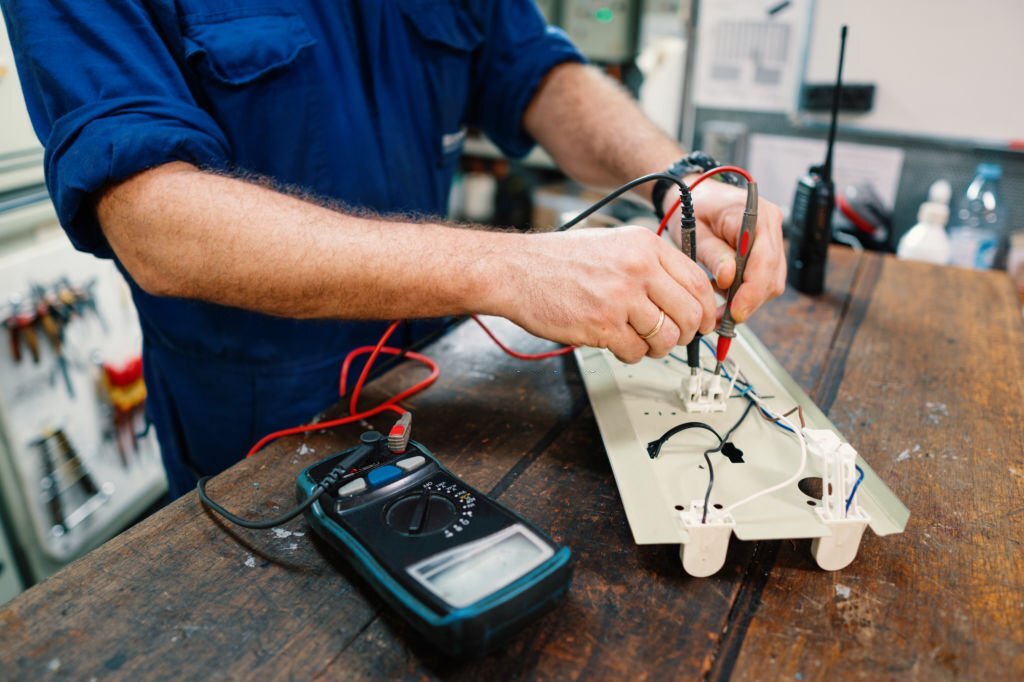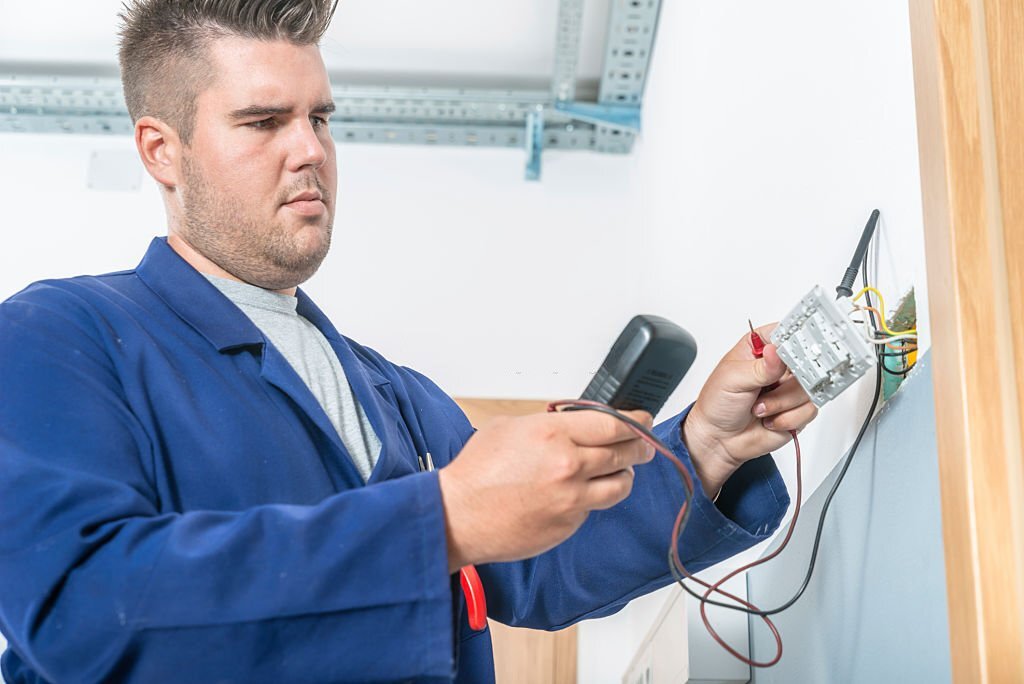Regular electrical testing and tagging is an essential process that ensures the safety and compliance of electrical equipment in various environments. It involves inspecting, testing, and tagging electrical appliances and equipment to ensure they are in good working condition and meet the necessary safety standards. This process is crucial in preventing electrical accidents, ensuring workplace safety, and minimizing the risk of electrical hazards.

Qualified and competent professionals should do electrical testing and tagging with the necessary electrical systems knowledge and expertise. They should be familiar with the relevant regulations and standards, such as the AS/NZS 3760:2010, which provides guidelines for the in-service safety inspection and testing of electrical equipment.
The testing process involves thoroughly inspecting the electrical equipment to check for any visible signs of damage, wear and tear, or loose connections. This is followed by a series of electrical tests to determine if the equipment is functioning properly and poses no safety risks. The tests typically include insulation resistance, earth continuity, polarity, and leakage current checks.
Each tested appliance or equipment is then tagged with a label or tag that provides information on the test date, the tester’s name, and the next test due date. This tagging system helps keep track of the testing history of each item, ensuring that they are regularly inspected and tested to maintain their safety and compliance.
Regular electrical testing and tagging offer several benefits to individuals and organizations. Firstly, identifying potential hazards and faulty equipment helps prevent electrical accidents and injuries. Faulty electrical equipment can pose serious risks, such as electrocution, electrical fires, or damage to property. Regularly testing and tagging equipment can greatly reduce these risks, ensuring the safety of individuals and the workplace.
Secondly, electrical testing and tagging help organizations comply with legal and regulatory requirements. In many countries, workplaces must adhere to specific electrical safety standards, and regular testing and tagging are often part of these requirements. Failure to comply with these regulations can result in legal consequences, fines, or even the closure of the premises. By regularly testing and tagging electrical equipment, organizations can demonstrate their commitment to safety and compliance.
Thirdly, regular electrical testing and tagging can prolong the lifespan of electrical equipment. By identifying and addressing potential issues early on, equipment can be repaired or replaced before they become major problems. This can save organizations money in the long run by reducing the need for costly repairs or replacements.
Check also three phase test and tag.

